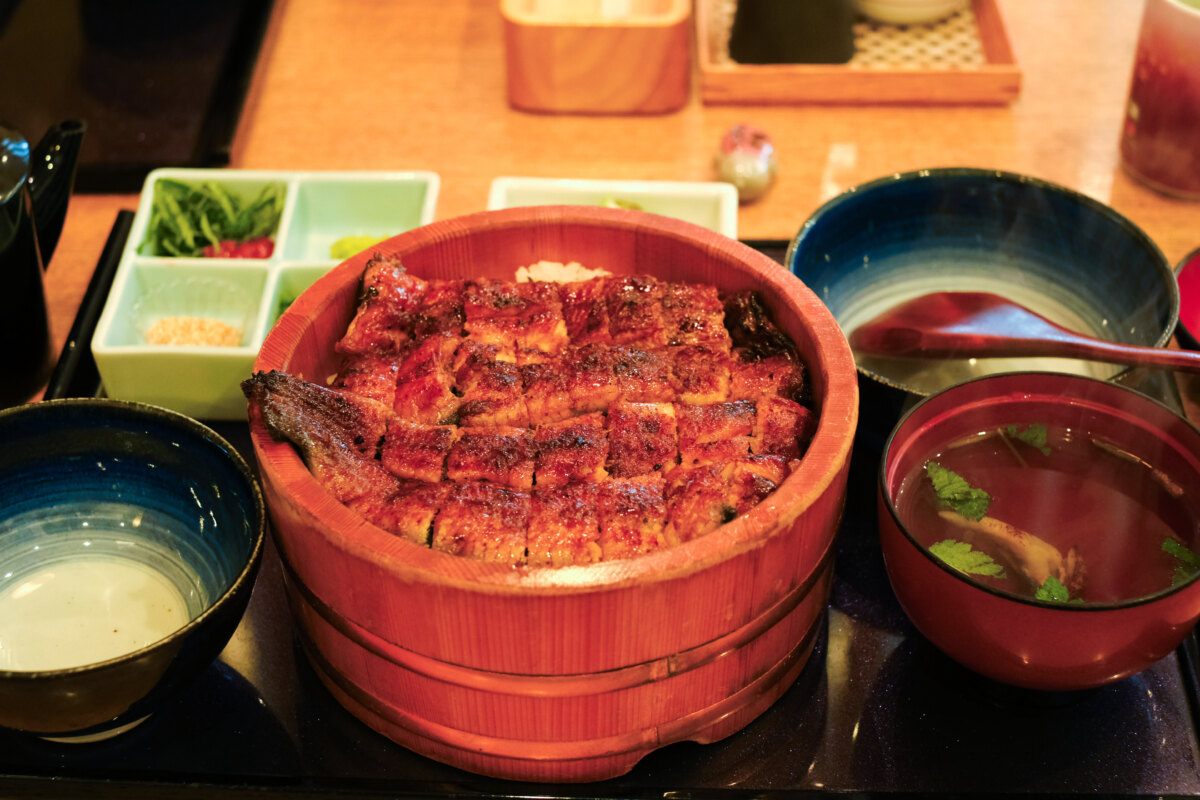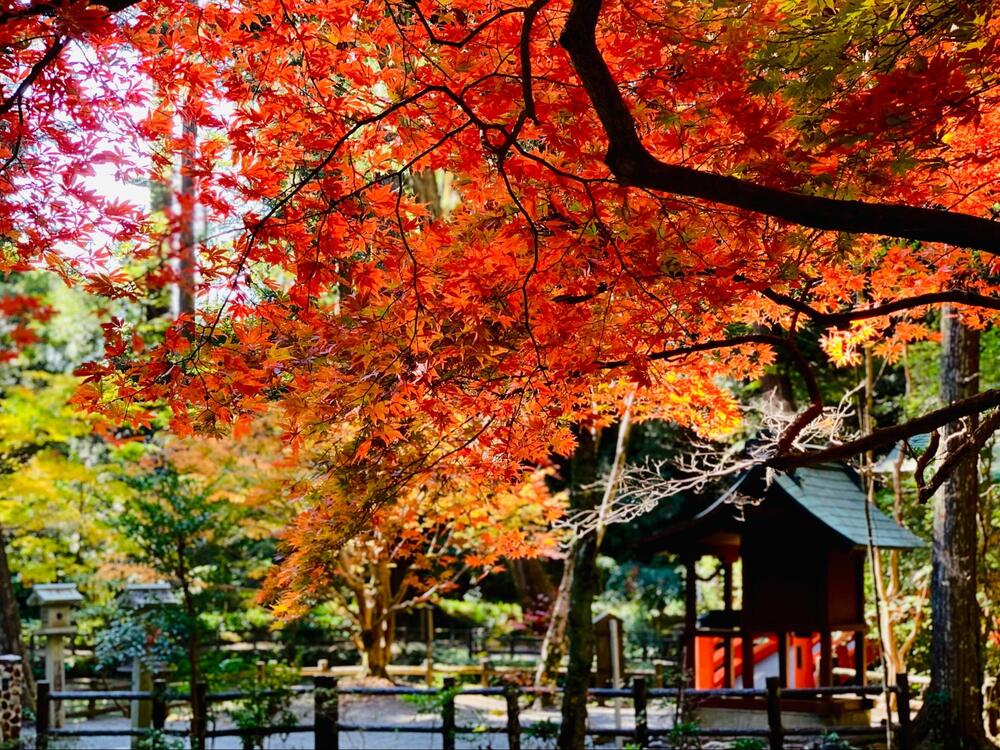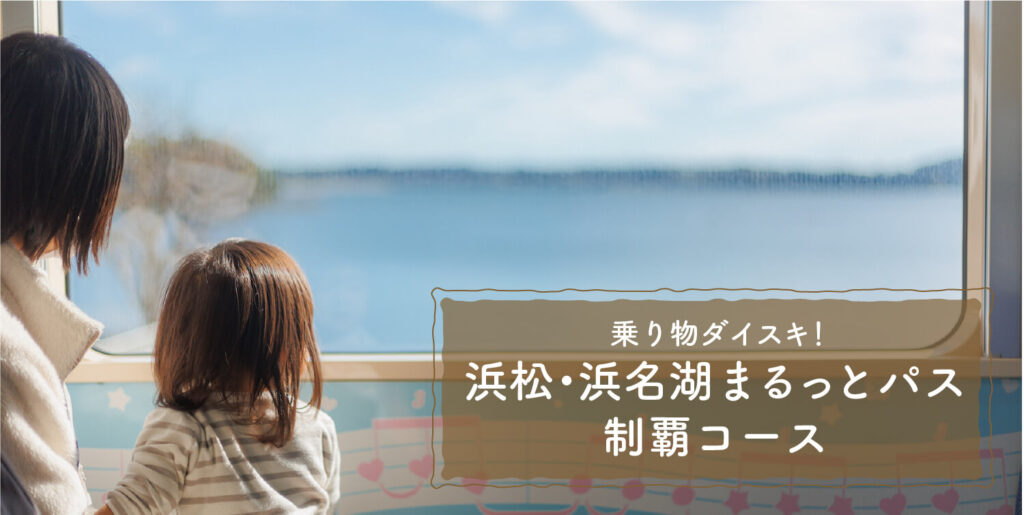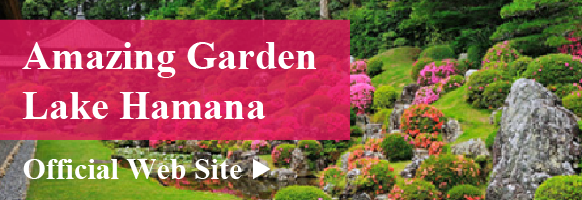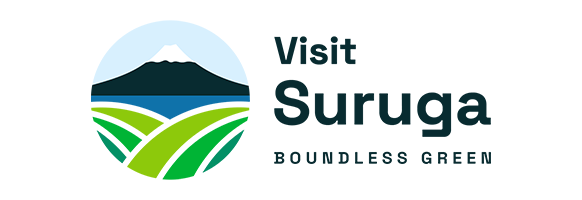Get to Know Hamamatsu
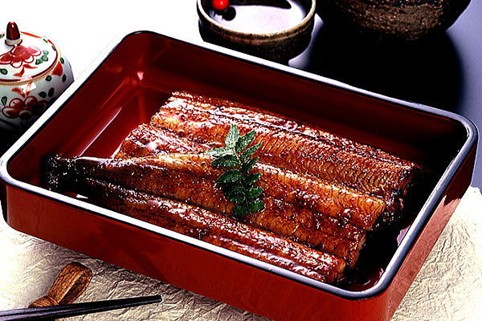
- Buy
Delivering Premium Lake Hamana Eel for 98 Years — Hamanako Aikané Suisan Co., Ltd.
Aikane is a long-established company engaged in eel farming, processing, and sales. Here, we introduce the company’s history and dedication to eel…
Hamanako Aikane Suisan Co., Ltd. is a long-established company with its head office and factory in Magori-cho, Chuo-ku, Hamamatsu City, that is involved in a wide range of businesses, including eel farming and the processing and sale of eels.
In this article, we will introduce the history and commitment of Aikane, a restaurant that has been dedicated to eel.
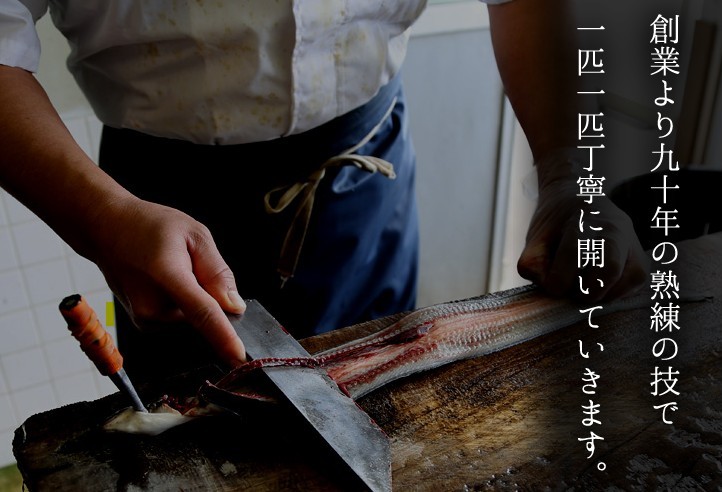
Image source: Hamanako Aikane Fisheries Co., Ltd. Official Website
History of Aikane
In 1927, the founder, Mr. Kanejiro Aiso, began selling raw eel (kuroko) under the name “Yamaka Aiso Shoten,” marking the beginning of Hamanako Aikane Suisan Co., Ltd.
“When our founder, Kanejiro Aiso, started the business, there were many ponds around Lake Hamana where eels were raised, from young fish (shirasu) to the raw eels (kuroko), and the eel industry was thriving,” says Takao Aiso, third-generation representative.
Since there were still few ponds for cultivating young eels outside of the area around Lake Hamana, they traveled as far as Toyohashi and Oigawa (Yoshida) to sell the raw eels.
At that time, the Lake Hamana eel industry had a very strong presence.
In 1964, the second generation owner, Mr. Yasuji Aiso, took over the business, and in the 1960s, the business expanded to include eel farming, eel wholesale, and eel restaurants.

The second generation, Mr. Yasuji Aiso
Then, in 1980, at a time when processed eel products such as white-grilled and broiled eel were still barely available on the market, we were one of the first to establish an eel processing plant so that “people could easily enjoy domestic Lake Hamana eel at home.”
The third-generation president and current representative, Mr. Takao Aiso, joined the family business at the age of 25 after training at a fisheries company in Tokyo.
He absorbed the know-how while butchering eels together with the craftsmen, and became the representative at the age of 37.
In 2001, the company name was changed to Hamanako Aikane Suisan Co., Ltd.
The shop is nicknamed “Ai Kane,” which combines one character each from the surname and given name of the founder, Kanejiro, and continues to protect the Lake Hamana brand of eels.
"Lake Hamana Eel: Past and Present Stories" by the second generation Mr. Yasuji Aiso, published by the Japan Publishing Association

The second generation owner, Mr. Yasuji Aiso, devoted himself to the family business of eel farming, but also loved reading as a hobby and lived surrounded by many books.
Mr. Yasuji also loved studying and attended university without his parents knowing, but when the first generation Mr. Kanejiro found out he was attending university, he was forced to drop out.
The second-generation owner, Mr. Yasuji, was a man of great intellect, and in order to preserve the history of Lake Hamana eels for future generations, he published “The Tale of Lake Hamana Eels Then and Now, Published by the Japan Publishing Association” in 1998. It is a valuable historical resource that explains the history of Lake Hamana eels in an easy-to-understand manner, including photographs from the time.
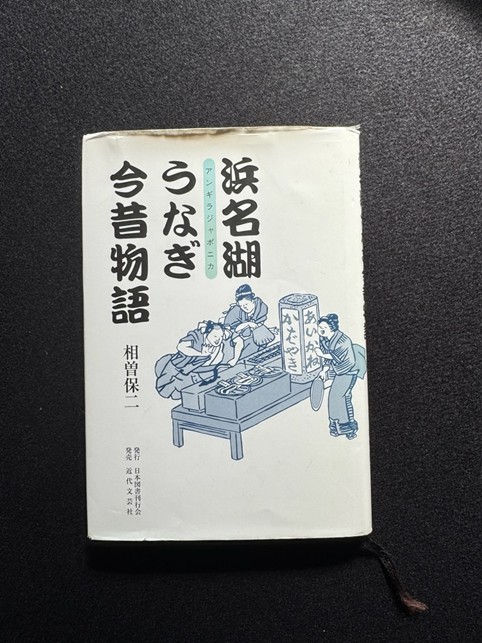
In addition, Mr. Yasuji has donated a copy of “Lake Hamana Eel: Past and Present Tales” (published by the Japan Book Publishing Association) to the city of Hamamatsu, which can be borrowed from some libraries in the city.
If you’re interested, search for “Lake Hamana Eel Tales Then and Now” on the Hamamatsu City Library website to see which libraries you can borrow it from!
Aikane's Commitment
“Unagi no Aikane” delivers delicious eel from Lake Hamana to people all over Japan.
Until last year, they offered three sizes of processed eel products such as white-grilled and kabayaki eel — small, medium, and large — but now they only sell the large size, which is the most popular size among our customers.
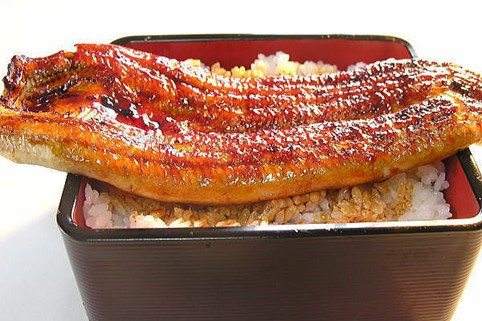
Craftsmen carefully prepare each fish, and when they process them into lightly grilled dishes, they are inspected thoroughly by the craftsmen to ensure consistent quality.
We have received many positive comments such as “Aikane’s eels are fluffy and delicious,” and we have many repeat customers and many fans across the country.
What is delicious eel?
Have you ever seen a live eel?
Eels that are generally considered delicious have a clear contrast between the white of their belly and the dark blue or dark brown of their back.
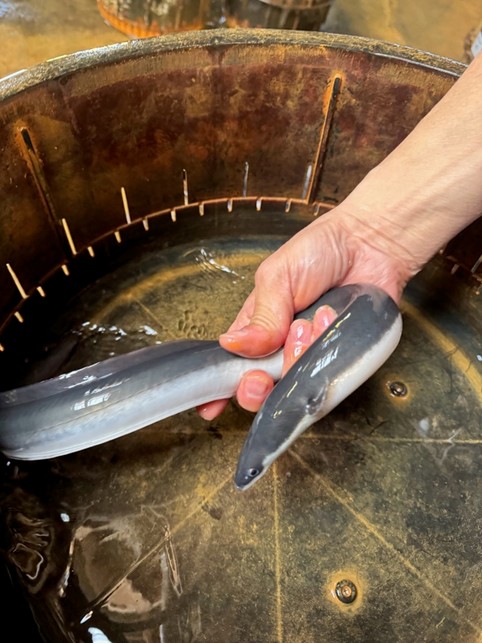
Since females bear more eggs than males, the meat is said to be thick, fatty and tender.
If you have the opportunity to see live eels at an eel farm or somewhere else, be sure to check out the “color contrast”!
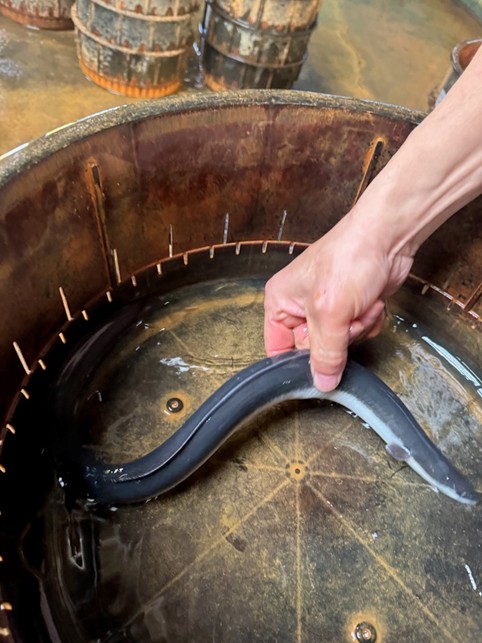
Eel Aikane Popularity Ranking
Aikane Unagi products are available in stores and through mail order. Here we will introduce some of the most popular products available through mail order.
No.1 White-grilled eel
“Shirayaki eel” allows you to directly experience the original taste of eel
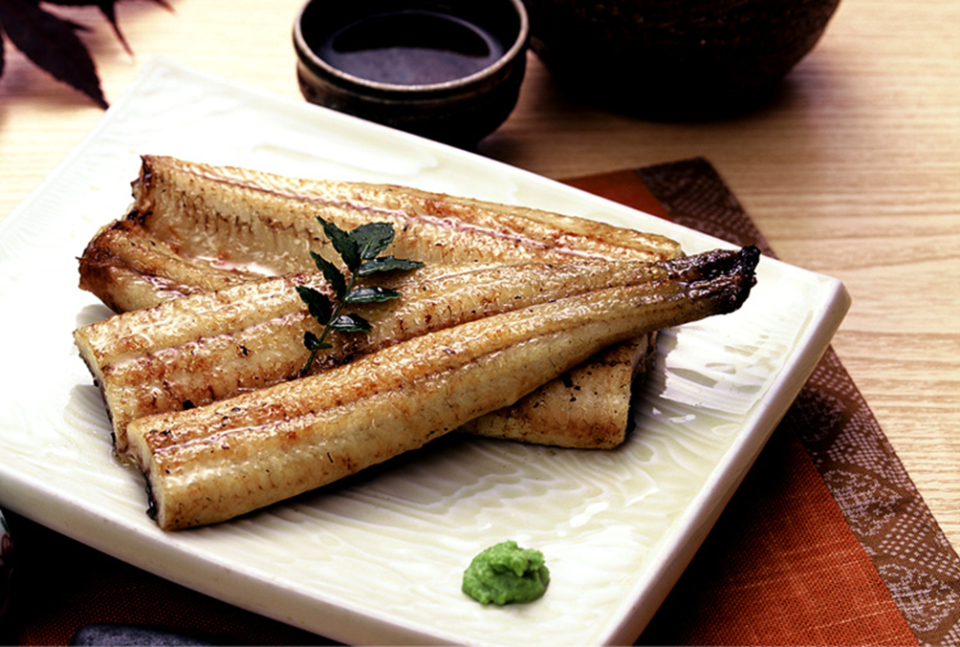
This eel is delivered chilled, not frozen, so you can enjoy fluffy and delicious eel by simply lightly grilling it.
The recommended way to eat it is with wasabi soy sauce. The skin is crispy and the meat is very juicy!
No.2: Eel Chazuke Set “Unacchan”
The cutely named “Unacchan” is a set of eel chazuke.

The unique product name was apparently given by the wife of the third generation owner, Mr. Takao.
The first bowl can be enjoyed as “eel sprinkled on rice” and the second bowl as “eel chazuke.”

No.3 Grilled eel
The classic grilled eel is delivered frozen, called “Grilled Eel.”

Aikane’s secret eel sauce and carefully grilled eel by our skilled chefs have received almost perfect reviews on major online shopping sites!
The thick and juicy grilled eel is a dish that is packed with the sincerity of Aikane’s craftsmen.
You can also enjoy it in other dishes such as “eel scattered sushi” and “eel rice porridge.”
A message to our readers from Mr. Takao Aiso, CEO of Hamanako Aikane Suisan Co., Ltd.
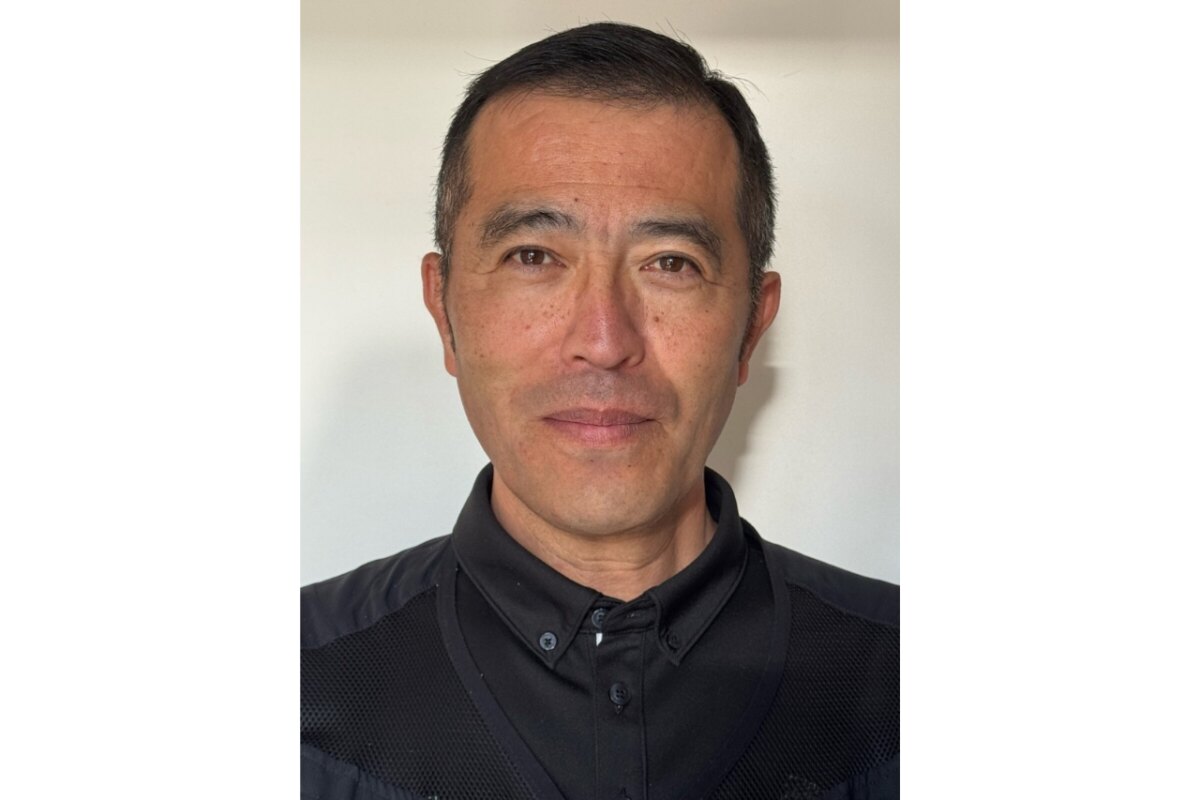
The indescribable fragrant aroma of the sauce simmering when grilling eel is a scent that is sure to appeal to any Japanese person.
In recent years, the price of eels has skyrocketed due to poor quality of young eels, making eels a very expensive food ingredient.
However, those in the eel industry, including producers, distributors, and eel processors, are working hard every day to deliver the best quality eel to everyone.
Our company will celebrate its 100th anniversary in two years.
As a member of the industry, we aim to live up to the name of Lake Hamana by carefully manufacturing better products that are worth the price, and by selling more beloved products that can fill everyone’s dinner tables with smiles.
This month’s recommendation is Hamanako Aikane Suisan Co., Ltd., a company that has been specializing in eels for 98 years and is well known for its “Unagi no Aikane” (eels).
Please enjoy the exquisite eel carefully prepared by our craftsmen (^^♪
Aikane Eel
Hamanako Aikane Fisheries Co., Ltd.
2348 Magori-cho, Chuo-ku, Hamamatsu-shi, Shizuoka
053(592)0136
Official website
Rakuten Shop
http://www.rakuten.co.jp/aikane/
[Photo courtesy of Hamanako Aikane Suisan Co., Ltd.]
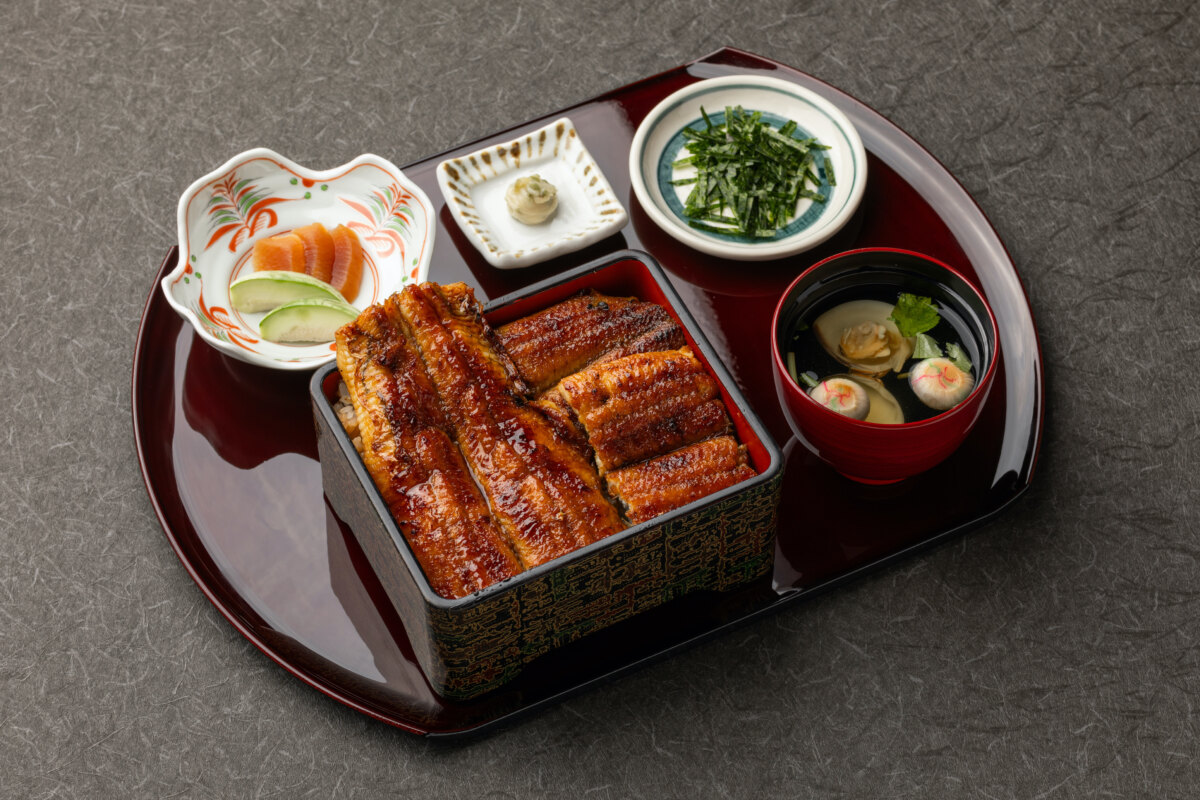
[Hamamatsu Jiyaki Unagi Masa] Popular “O‑Boku Unagi” Kabayaki
